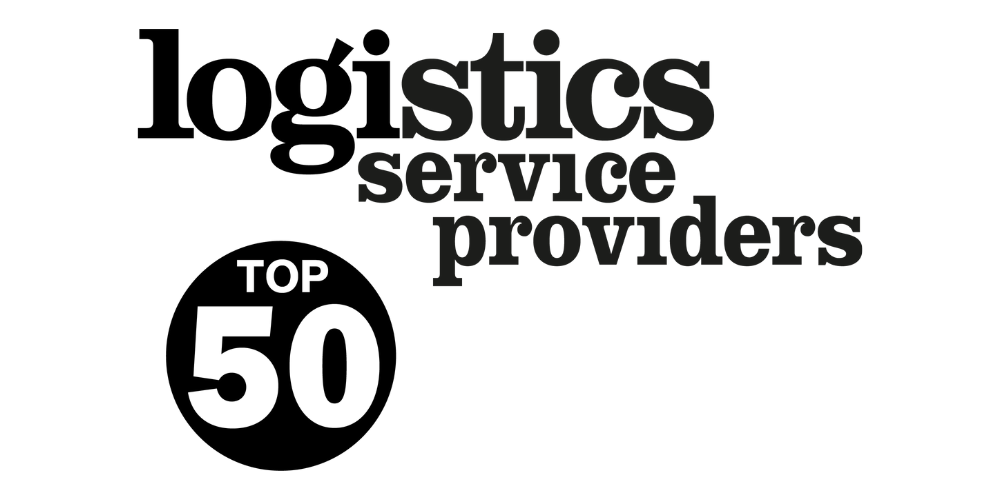For most medium or large companies, information technology used to be something they managed in-house. Consultancy services might have been needed now and again to help source some new kit or augment existing expertise, but by and large IT was regarded as just another service department – rather like HR, accounts or the office cleaner.
Today it is very different: IT should be regarded as a strategic resource guiding business change – although it is all too often in that “service” category. At the same time technological change is moving ever faster making it difficult for a single individual or small team to keep abreast of all developments. They might be experts in enterprise resource planning or PLM (product lifecycle management) applications but what about sales and operations planning (S&OP), the role of social networks and twitter, or even C3RM (customer-centric customer relationship management – a tautological acronym if ever there was one, which I encountered the other day)?
On the other hand, as companies look to cut costs, paying to keep such wide-ranging expertise in-house when you can opt for occasional use of consultancy services can be difficult to justify – especially at a time when the marketplace is cluttered with “self-unemployed consultants”: aka your competitors’ or IT suppliers’ recently redundant in-house experts.
If the IT department is difficult to cost-justify, then so too is any major IT investment: few, very few, companies are currently looking to implement those expensive ERP or PLM projects, which are often where the core expertise of the in-house IT team lies. Instead quick fixes and low-cost add-on implementations are the order of the day.
“The companies that are coming to us for advice are after solutions,” says Nigel Montgomery, research director at AMR, “they don’t want product, they want a best-of-breed solution, but most vendors are still peddling products.”
What they don’t want – to Today it is very different: IT should be regarded as a strategic resource guiding business change – although it is all too often in that “service” category.quote Nigel Montgomery again – is a “bag of bits”, and sadly that is what all too many IT vendors are offering. If users are looking for “solutions” then providing a multi-branded or incompletely integrated “bag of bits” for them to self-assemble is unlikely to be popular.
In some ways it is rather like SAP’s first moves into the retail space maybe 15 or so years ago when I recall asking the company about its loyalty offerings – the answer revealed that the “retail suite” was far from complete but that the company, in those days, recommended that its customers should install “financials” first and by the time that project had ended the specific retail applications would hopefully be nearing completion. Today, ask many supply chain specialists about the tools they offer to integrate online and high street fulfilment systems, so that shoppers can buy online and collect or return goods to their nearest branch, or so that both individual orders and bulk store deliveries can be managed from the same warehouse or pick areas, and the answer is often equally evasive or couched in terms of “we’re not seeing much demand for that”.
They may not see much demand but ask consumers how they want to shop and the reply is very different: ask younger consumers from the “digital generation” and it will be different again. IT may be moving fast but so are consumers’ adoption and expectations: tomorrow’s shoppers – in a post credit crunch age – will expect retailers and logistics providers to offer slick, customer-centric solutions, flexible low-cost deliveries, and seamless cross-channel integration and you don’t get that by investing in a ‘bag of bits’.
- Logistics & Supply Chain
- Warehousing
- Transport
- Property
- International
- Corporate Insight
- Events
- Newsletters
- Digital Magazines





